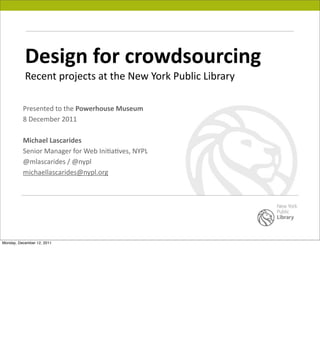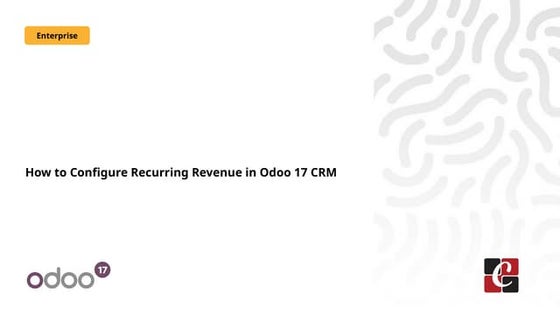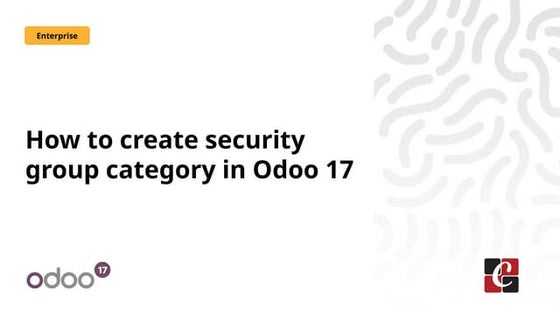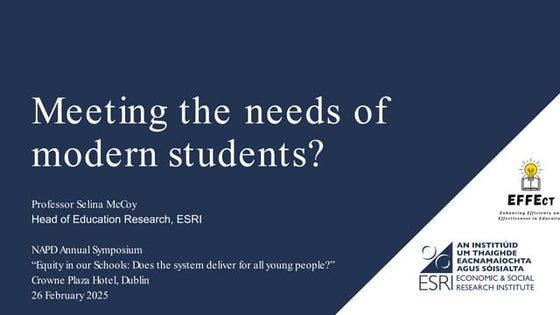Design for Crowdsourcing
- 1. Design Ėýfor Ėýcrowdsourcing Recent Ėýprojects Ėýat Ėýthe ĖýNew ĖýYork ĖýPublic ĖýLibrary Presented Ėýto Ėýthe ĖýPowerhouse ĖýMuseum 8 ĖýDecember Ėý2011 Michael ĖýLascarides Senior ĖýManager Ėýfor ĖýWeb ĖýIniFaFves, ĖýNYPL @mlascarides Ėý/ Ėý@nypl michaellascarides@nypl.org Monday, December 12, 2011
- 2. Map ĖýWarper maps.nypl.org 2009 Monday, December 12, 2011 [35:00]
- 3. Monday, December 12, 2011
- 4. Monday, December 12, 2011
- 5. Monday, December 12, 2011
- 6. Monday, December 12, 2011
- 7. Monday, December 12, 2011
- 8. Monday, December 12, 2011
- 9. Monday, December 12, 2011
- 10. (sadly, Ėýnot Ėýeasy) Monday, December 12, 2011
- 11. Monday, December 12, 2011
- 12. Monday, December 12, 2011
- 13. Monday, December 12, 2011
- 14. Monday, December 12, 2011
- 15. Monday, December 12, 2011
- 16. Monday, December 12, 2011
- 17. Monday, December 12, 2011
- 18. Monday, December 12, 2011
- 19. Monday, December 12, 2011
- 20. Monday, December 12, 2011
- 21. Gaze:eers Ėý& Ėýdirectories Monday, December 12, 2011
- 22. Monday, December 12, 2011 Most importantly, locational data is an important pivot point for a lot of other projects.
- 23. Whatâs ĖýOn ĖýThe ĖýMenu? menus.nypl.org 2011 Monday, December 12, 2011 40:00
- 24. Monday, December 12, 2011
- 25. Monday, December 12, 2011
- 26. Monday, December 12, 2011
- 27. Buried Ėýtreasure Ėý (literally) Monday, December 12, 2011
- 28. Monday, December 12, 2011
- 29. Monday, December 12, 2011
- 30. Monday, December 12, 2011
- 31. Monday, December 12, 2011
- 32. Monday, December 12, 2011
- 33. Consider Ėýthe ĖýoysterâĶ Monday, December 12, 2011
- 34. Monday, December 12, 2011
- 35. Monday, December 12, 2011
- 36. Monday, December 12, 2011
- 37. Monday, December 12, 2011
- 38. Monday, December 12, 2011
- 39. Monday, December 12, 2011
- 40. Monday, December 12, 2011
- 41. Monday, December 12, 2011
- 42. Monday, December 12, 2011
- 43. Monday, December 12, 2011 Strangely enough, weĘžve gotten a lot of attention for simply putting these canned searches here on the right.
- 44. Monday, December 12, 2011
- 45. Monday, December 12, 2011
- 46. Monday, December 12, 2011
- 47. Monday, December 12, 2011
- 48. Monday, December 12, 2011
- 49. Food Ėýenthusiasts, Ėýchefs, Ėý librarians, Ėýwriters, Ėý random ĖýobsessivesâĶ Ėý Monday, December 12, 2011
- 50. Monday, December 12, 2011 School for the deaf in Texas.
- 51. Over Ėý58,000 Ėývisitors Ėýin Ėý4.5 Ėýmos. 10,000+ Ėýmenus Ėýfully Ėýtranscribed 600,000+ Ėýdishes Ėýtranscribed Monday, December 12, 2011 We could have done more but we ran out of digitized menus!
- 52. Monday, December 12, 2011 We could have done more but we ran out of digitized menus!
- 53. Monday, December 12, 2011
- 54. Monday, December 12, 2011
- 55. Next: ĖýLinked ĖýData Monday, December 12, 2011
- 56. Rules Ėýfor Ėýgood crowdsourcing Ėýdesign Monday, December 12, 2011
- 57. âChoose Ėýyour Ėýparents Ėýwiselyâ Monday, December 12, 2011 Start with great raw materials!
- 58. Engage Ėýon Ėýan ĖýemoFonal Ėýlevel Ėý through Ėýstories Monday, December 12, 2011 Expose the stories behind a collection, and make them relatable to users. Use feedback to create narratives (as in Old Weather, where every entry moves the ship along on a map).
- 59. Appeal Ėýto Ėýthe Ėýuserâs beer Ėýnature Monday, December 12, 2011 We have found that participation increases dramatically when we frame our calls for participation in terms of helping the library. Frame it the same way you would any other volunteer opportunity, even if itâs one that only lasts 10 seconds.
- 60. DemysFfy Ėýthe Ėýpurpose Monday, December 12, 2011 People want to participate in projects they understand. Practice your âelevator pitchâ for your project: describe it in the time it takes to go ten floors in an elevator with someone. People donât get excited about typing, but they will get excited about participating in the building of an important historical research tool.
- 61. Make Ėýthe Ėýtask Ėý as Ėýsmall Ėýas Ėýpossible Monday, December 12, 2011 This one canât be stressed enough: pay extremely close attention to exactly what action youâre asking people to do, and make the task as discrete as possible. If the project involves transcribing a page of text, ask participants to transcribe a sentence, or a line, or even a single word. Complicated tasks with multiple steps run the risk of ending half-complete.
- 62. Encourage ĖýconFnuaFon Monday, December 12, 2011 Once the tasks are broken down into small enough pieces, completing one will feel like a bite-size morsel that leaves the participant wanting more. Thank the participant immediately for their contribution, then immediately ask them to contribute a bit more.
- 63. Lower Ėýthe Ėýbarriers Ėýto Ėý parFcipaFon Monday, December 12, 2011 If at all possible, allow immediate and anonymous contribution. It can definitely be useful to get users to register and sign in, so that you can reward top participants and track participation. But a sign- up page can be a barrier that may discourage the casual participant. A far better approach is to allow immediate participation without registration, and passively communicate the benefits of signing up as the user proceeds.
- 64. Encourage Ėýa Ėýfeeling Ėýof Ėýshared Ėý ownership Monday, December 12, 2011 While critics of Wikipedia claim that anyone can enter false or vandalizing information, itâs heartening that the converse is true: anyone can also correct and repair bad information. By allowing other users to proofread and correct whatâs previously been entered, you give participants a sense of pride that this is their âneighborhoodâ and it should be looked after.
- 65. Show Ėýresults Ėýimmediately Monday, December 12, 2011 This is another critical one. When youâre collecting input from participants, donât send the fruits of their labor off to some unseen holding queue; instead, post the result proudly as completed. In our âWhatâs on the Menu?â project, every time a patron transcribes a dish off of a menu, the name of that dish becomes a clickable link leading to a page showing all menus where that dish appears and facts about it (earliest and latest appearances, high and low prices, etc.). If the dish was incorrectly transcribed, it can always be corrected later. For us, it was far more important to treat the contribution as official the moment it was transcribed, allowing users to see their transcription become part of the research tool instantly.
- 66. Place Ėýthe Ėýproject Ėýin Ėýcontext Monday, December 12, 2011 Donât try to be the center of the universe; link to other reference sources. On the NYPLâs menu project, at the moment a new dish is transcribed, a page for that dish is created which in turn contains links to canned searches on other sites from Google to MenuPages to the library catalog, encouraging immediate exploration elsewhere.
- 67. Play Ėýgames Monday, December 12, 2011 The short âparticipate, get feedbackâ cycle weâre describing here lends itself extremely well to game dynamics. If possible, keep score, and give top participants some sort of public recognition.
- 68. Reward ĖýeïŽort Monday, December 12, 2011 If itâs possible to keep track of whoâs participating, give rewards. Hold a special reception with refreshments in your library, and only give the invitation to online participants. If youâre not tracking the identity of participants, make sure the messaging you display is loaded with gratitude.
- 69. Report Ėýresults Monday, December 12, 2011 Let users know how the project is progressing. If the goal is to transcribe a collection, show how many documents are in that collection, and how many have been completed. Show progress bars to indicate how far youâve come and how far there is to go. If youâre using public participation to create a research tool, use a blog or social media to report how that research has been used by historians, authors or other researchers and ink to their work.
- 70. Share Ėýthe Ėýfruits Ėýof Ėýlabor Monday, December 12, 2011 When content is publicly created, make the resulting product publicly available. If the goal is to create a database of some sort, make the entire database available for download, or expose data with an Application Programming Interface (API) and encourage anyone to create âmashupsâ of your data. Promote any works that people derive from your data on your site or blog, and encourage others to do the same.
- 71. Build Ėýa Ėýcommunity Monday, December 12, 2011 Getting patrons involved in a project is an ideal opportunity to unite people with a common interest around your collections. Use social networks, a blog with comments, and/or an online forum to build a conversation with the people who are you top users. Listen to feedback, take suggestions, and point out interesting findings.
- 72. Thank Ėýyou! Presented Ėýto Ėýthe ĖýPowerhouse ĖýMuseum 8 ĖýDecember Ėý2011 Michael ĖýLascarides Senior ĖýManager Ėýfor ĖýWeb ĖýIniFaFves, ĖýNYPL @mlascarides Ėý/ Ėý@nypl michaellascarides@nypl.org Monday, December 12, 2011

![Map
ĖýWarper
maps.nypl.org
2009
Monday, December 12, 2011
[35:00]](https://image.slidesharecdn.com/20111208-powerhouse-111212103959-phpapp01/85/Design-for-Crowdsourcing-2-320.jpg)





























































































































